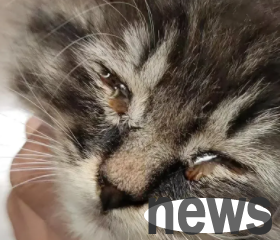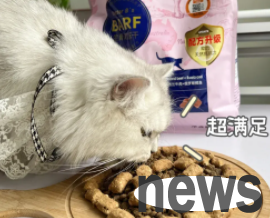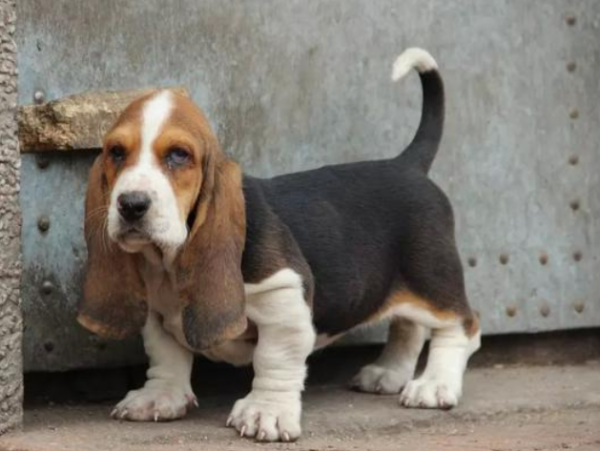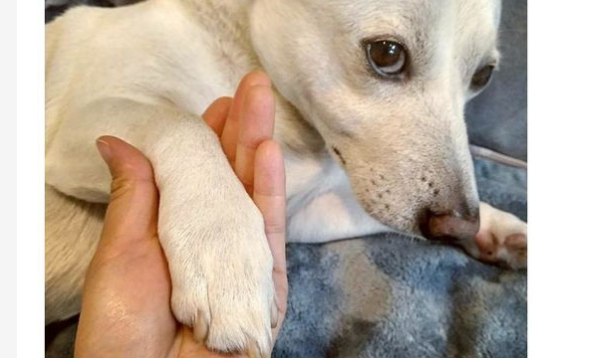What are the symptoms of cat nasal spine? What medicine should be chosen to treat the most effective?
When many cat owners face symptoms such as sneezing, tears and yellow-green snot, they will wonder what medicine should be used to treat the cat's nose. Recently, a fan raised this question: His cat has a cat's nose branch due to herpes virus, showing typical symptoms.

Next, we will discuss in detail the comprehensive prevention and control measures of cat nasal branches, and at the end, mention the impact of a feeding method called barf on improving cat immunity.
01
Overview of cat nasal branch
Cat nasal branch, i.e. cat infectious rhintracheitis, is a respiratory infection caused by a variety of pathogens, among which herpes virus and calicivirus are the most common.
Sick cats usually show symptoms such as sneezing and crying, and once infected with pathogens, they will be carried for life. Pay attention to maintaining the cat's immunity to prevent the disease from recurring.
02
Clinical Symptom Identification
When a cat has symptoms such as yellow and green snot, frequent sneezing, and eye discomfort, it may have been invaded by cat nasal brain pathogens.
Factors such as environmental changes may cause cats to lose their resistance and worsen their symptoms.
03
Drug Treatment Plan
For cat nasal branches caused by herpes virus, antiviral treatment can be considered. However, it should be noted that although human drugs (such as famciclovir) can sometimes be used, this is not a recommended practice.
doxycycline is used as an antibiotic, under the guidance of a veterinary doctor, at a standard dose of 5-10 mg/kg once a day, which helps control secondary bacterial infections.

04
Eye care and nasal drops for use
If the cat's eyes are also affected, you can choose to purchase special eye drops for local treatment.
At the same time, for nasal secretions, pet-specific nasal drops should be used until the cat recovers.
05
Nutritional supplements and dietary adjustments
Ensure that cats maintain good appetite and nutritional intake during treatment is crucial. Reduce canned snacks and irritating foods, and use easy-to-digest and nutritious foods such as cat food, egg yolks, and chicken breasts as the main food.
Lysine can be added appropriately to enhance cat immunity, and if necessary, use a pet-specific nutrient solution such as viyo to supplement nutrition.




